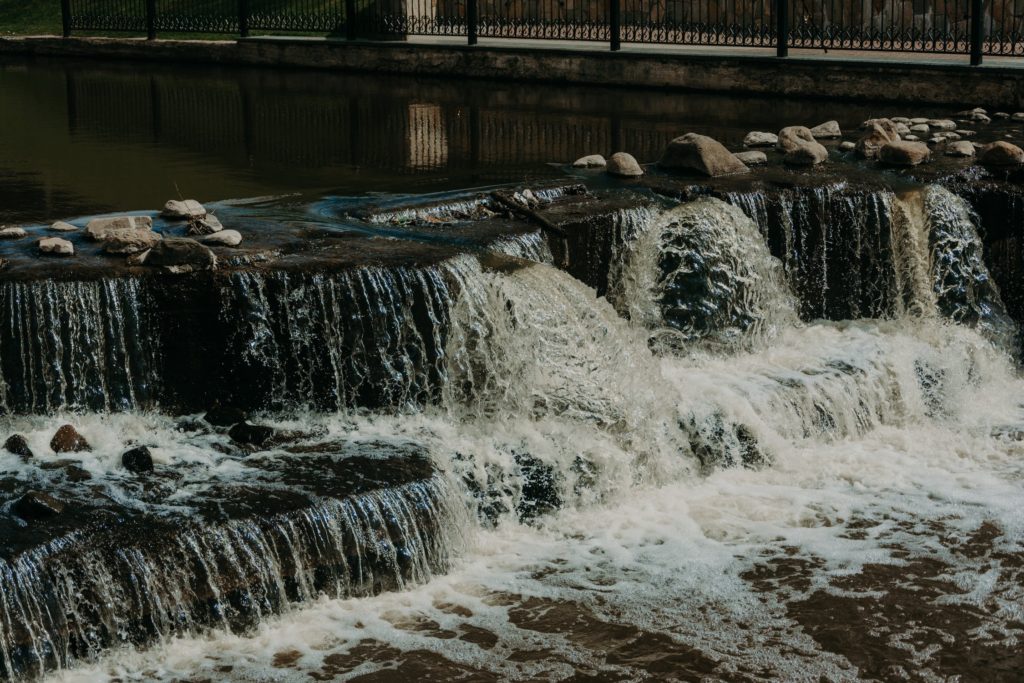
grapplingstars.com, femcompetitor.com, fciwomenswrestling.com, fcielitecompetitor.com fciwomenswrestling2.com articles, pexels.com-Artem-Beliaikin-photo-credit.
August 22, 2020,
The glass half empty or half full theory won’t work here. It doesn’t hold water.
It’s 2020 and either the land masses are shrinking or the waters are rising.
Maybe both.
There appears to be water everywhere. Except freshwater where we need it.
Like the rains flowing during the fire season in California.
The Rime of the Ancient Mariner relates the experiences of a sailor who has returned from a long sea voyage.
The mariner stops a man who is on his way to a wedding ceremony and begins to narrate a story.
The wedding-guest’s reaction turns from bemusement to impatience to fear to fascination as the mariner’s story progresses, as can be seen in the language style: Coleridge uses narrative techniques such as personification and repetition to create a sense of danger, the supernatural, or serenity, depending on the mood in different parts of the poem.
Here is the part of the poem that we are most familiar with:
Water, water, every where,
And all the boards did shrink;
Water, water, every where,
Nor any drop to drink.
Sometimes it sure can feel that way today.
Since at least the start of the 20th century, the average global sea level has been rising. Between 1900 and 2016, the sea level rose by 6.3–8.3 inches.
That is actually quite a bit.
Many feel this acceleration is due mostly to human-caused global warming, which is driving thermal expansion of seawater and the melting of land-based ice sheets and glaciers.
Between 1993 and 2018, thermal expansion of the oceans contributed 42% to sea level rise; the melting of temperate glaciers, 21%; Greenland, 15%; and Antarctica, 8%.
Climate scientists expect the rate to further accelerate during the 21st century.
The sea level will not rise uniformly everywhere on Earth, and it will even drop slightly in some locations, such as the Arctic.
Mankind is trying to stem the tide.
Humans impact how much water is stored on land. Building dams prevents large masses of water from flowing into the sea and therefore increases the storage of water on land. On the other hand, humans extract water from lakes, wetlands and underground reservoirs for food production leading to rising seas.
There always seems to be a catch twenty two. Soaking wet.
With the rising sea levels, how many cities around the world will soon be under water?
Take Miami for example.
As reported at theguardian.com, “The peninsula has outsized exposure: nearly 2 million people live in coastal cities. On the list of the 20 urban areas in America that will suffer the most from rising seas, Florida has five: St Petersburg, Tampa, Miami, Miami Beach and Panama City. In 2016, Zillow predicted that one out of eight homes in Florida would be underwater by 2100, a loss of $413bn in property.”
Truly?
It is so hard to fathom that vibrant Miami, which has had an incredible love affair with the television (Miami Vice), movie and sports industries, within 100 years may not exist.
Estimates are that 85,000 Miamians live below sea level.
On August 8, 2019, the global news and information source washingtonpost.com adds, “King tides” have been taking a toll on Miami for a number of years, and the phenomenon is only getting worse because of sea-level rise from human-induced climate change. A king tide is a higher -than-normal tide caused by specific alignments of the sun and moon.
Miami set daily high tide records for more than a week straight for the period bridging late July and early August, despite a total lack of storminess in the region.”
In practical terms, when even minor flooding is bad enough, it bubbles up through your shower drain.
All it needs to fill the streets to knee-high depth on those days is a full moon.
You can’t escape.
The water comes up through the storm drains, making it impossible to transport without running in or through the water, which is mixed with sewage and other unknown substances.
Yuck.
At businessinsider.com, they analyze, “The water could start intruding on drinking-water reservoirs (it already has in some areas) and killing off non-salt-tolerant vegetation, including shade-providing palm trees. It’s impossible to wall South Florida’s water out with levees or giant gates — as other cities have done — if the water rises up through the ground.”
Other cities have been battling rising sea levels for years, some, like in the Netherlands, with modest success.
There are at least two issues, among many, that makes Miami different.
One are the King Tides.
A king tide is an especially high spring tide, especially the perigean spring tides which occur three or four times a year.
King tide is not a scientific term, nor is it used in a scientific context. The expression originated in Australia, New Zealand and other Pacific nations to describe especially high tides that occur a few times per year. It is now used in North America as well, particularly in low-lying South Florida, where king tides can cause sunny day tidal flooding.
King tides are the highest tides. They are naturally occurring, predictable events.
The king tides occur when the Earth, Moon and Sun are aligned at perigee and perihelion, resulting in the largest tidal range seen over the course of a year. So, tides are enhanced when the Earth is closest to the Sun around January 2 of each year. They are reduced when it is furthest from the Sun, around July 2.
Then there is the ground.
When you are living on solid ground and the sea and ocean around you is a potential threat, the operative word here is that they are “around” you and they can’t come up through the ground.
The massive challenge with Miami is that the solid ground under Miami, Miami Beach, the Keys, and much of the rest of the peninsula is mostly comprised of limestone made of compressed ancient reefs that are full of tiny holes.
Translation?
It’s like living on Swiss cheese.
The salty water is rising up through the ground itself, not just in the waters surrounding Miami.
There is a fascinating book available on Amazon that speaks to this sense of South Beach urgency.
In speaking with Business Insider the author Jeff Goodell predicted, “Miami as we know it today — there’s virtually no scenario under which you can imagine it existing at the end of the century.”
His book is titled, “The Water Will Come: Rising Seas, Sinking Cities, and the Remaking of the Civilized World”.
Here is the synopsis.
“The fundamental point of this book is that, in the past, the world’s political, economic, military and social development took place during a time of relatively stable sea level. That time, however, is now over: The world must begin to cope with rising seas. This book is a wide-ranging introductory survey. It addresses global warming, the hydrologic cycle, why we should care about the rise of the oceans, storm surges and other extreme events, the changing seas and their shorelines, cities and countries of the Atlantic, Pacific and Indian ocean basins, the West Antarctic Ice Sheet and the Greenland Ice Sheet, case studies on how the Netherlands and the U.S. plan to cope with sea level rise, the likely impacts of this rise, getting to know the experts on sea level rise, and very long term prospects for the world’s shorelines.”
Miami? Learn from folklore.
Yes, water, water everywhere.
We want to say the glass is half-full. So we will. Filled with what?
Flood water.

~ ~ ~
OPENING PHOTO grapplingstars.com, femcompetitor.com, fciwomenswrestling.com, fcielitecompetitor.com fciwomenswrestling2.com articles, -Miami-Herald-photo-credi
https://en.wikipedia.org/wiki/The_Rime_of_the_Ancient_Mariner
https://en.wikipedia.org/wiki/Sea_level_rise
https://www.businessinsider.com/miami-floods-sea-level-rise-solutions-2018-4
https://en.wikipedia.org/wiki/King_tide
https://www.amazon.com/Rising-Sea-Levels-Introduction-Impact/dp/0786459565
https://fciwomenswrestling.com/



